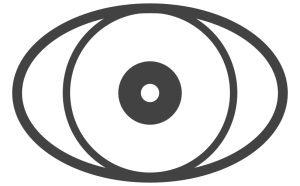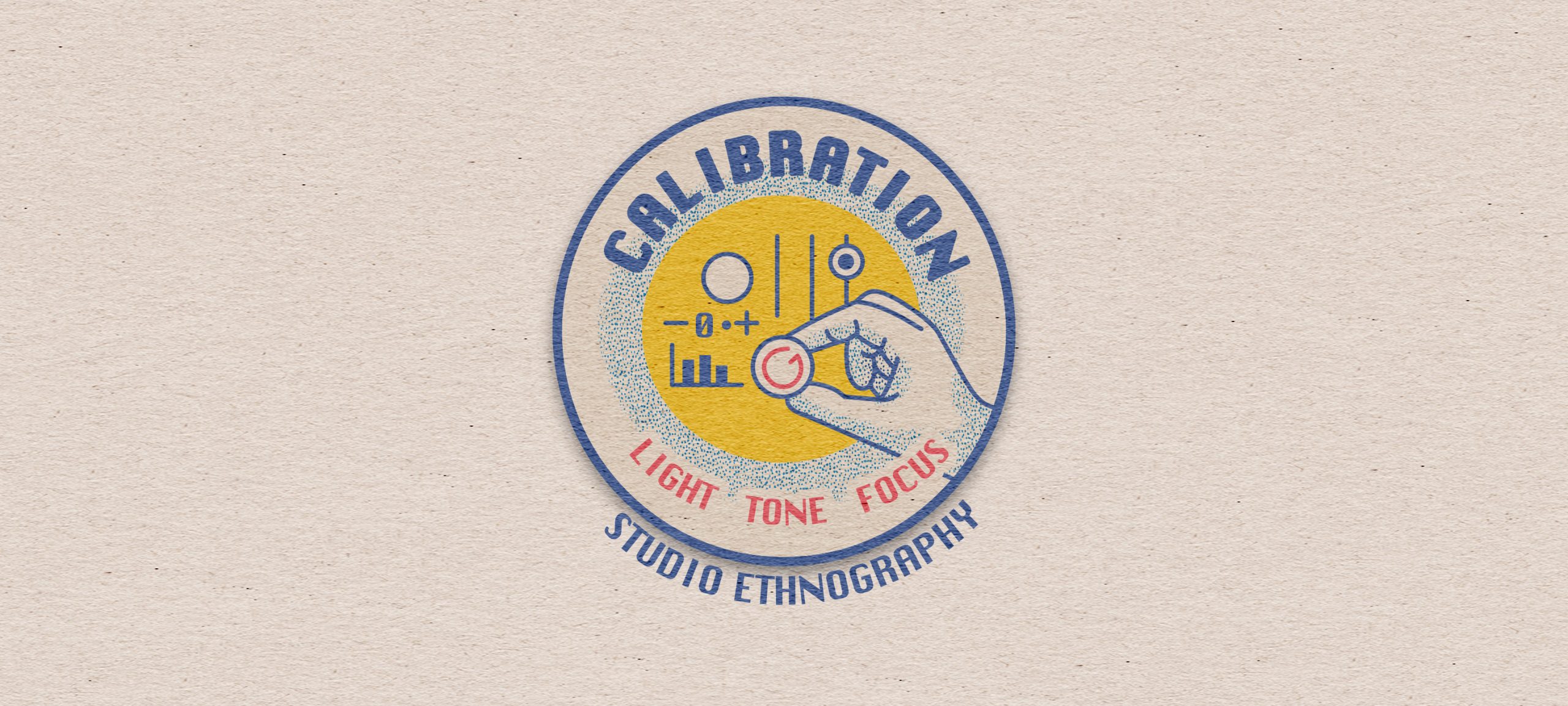Calibration is the art of subtle adjustment. It is what happens when the ethnographer slows down to align perception with the shifting conditions of a field—light, tone, rhythm, or mood. To calibrate is to tune rather than to measure, to listen for the right degree of sensitivity. It is a gesture of relation, not control: a continual reorientation toward the more-than-human frequencies of experience.
Tim Ingold (2011) describes skilled practice as a “correspondence with materials,” where attention moves along with the flux of things rather than being imposed upon them. Calibration, in this sense, is not the correction of error but the cultivation of responsiveness. In ethnographic and artistic practice alike, it is the slow apprenticeship of the senses—the refinement of noticing. When you adjust the risograph’s color intensity or the camera’s exposure, you are learning the atmospheric logics of the world you study.
Anthropologist Stefan Helmreich (2009), in his study of oceanographers, writes of scientists “tuning their ears” to the sea’s multiple voices. Their microphones and hydrophones are not neutral instruments but extensions of perception, requiring constant recalibration to capture the living and the inaudible. Similarly, sensory ethnographers must modulate their tools—recorders, cameras, notebooks—to remain open to fluctuating conditions. Sarah Pink (2015) describes this as “sensory attunement,” a practice of aligning one’s own affective and sensory registers to the emergent textures of the field.
Philosopher Isabelle Stengers (2010) approaches calibration as an ethical disposition: an awareness of one’s participation in the situations one studies. For Stengers, careful calibration means refusing the arrogance of the detached observer. Instead, it involves crafting devices—conceptual or material—that slow thought down enough for the world to respond. Calibration thus becomes a politics of hesitation, a form of epistemic humility in which method adjusts itself to the liveliness of its materials.
In my explorations in Studio Ethnography, calibration appears wherever one handles fragility: when one edits a sound recording to reveal its hum rather than erase it; when one adjusts the scanner light to preserve a paper’s texture; when one modulates tone in writing to hold ambivalence; when one mixes colors in an ethnographic diagram or illustration. Calibration is both technical and ethical—it is what allows the studio to think through precision without becoming rigid, to dwell in uncertainty without losing clarity. It is the measure of care.
Studio Exercises — Calibration as Attunement
Exercise 1: Light Test
Sit near a window with a blank sheet of paper. Over one hour, at ten-minute intervals, draw or photograph how light falls on it. Note the changes in hue, shadow, and contrast. Label each image with time and mood. This exercise is not about depiction but about registering atmospheric variation—the daily calibration of your own seeing.
Exercise 2: Sonic Threshold
Choose a quiet space. Close your eyes and identify the faintest sound you can hear—perhaps a hum, a dripping pipe, distant traffic. After one minute, write down what you perceive. Now change your position or posture slightly and repeat. Notice which sounds disappear or appear. This micro-adjustment is the sensory equivalent of re-focusing a lens.
Exercise 3: Temperature Log
For three consecutive days, document how the temperature of your workspace changes. Instead of using numbers, describe it through textures: crisp, thick, brittle, slow. At the end, read your notes aloud and listen for rhythm. Calibration can be linguistic too—an adjustment of description to sensation.
Exercise 4: Visual Balancing
Select a risograph print or collage from your studio. Using small colored slips of paper, cover portions of the image until its tonal balance feels “right.” Then remove the slips and notice how your perception recalibrates again. Repeat three times. The goal is not perfection but awareness of the thresholds where harmony becomes distortion.
Exercise 5: Co-Calibrating
Invite a colleague or friend into your studio. Each of you observes the same object (a tool, a fragment, a print) and writes ten words describing its qualities. Exchange lists. Read them aloud alternately, adjusting tone, speed, and rhythm to echo the other’s perception. This duet of description enacts calibration as relational practice—tuning to another’s sensory field.
References
Helmreich, Stefan. 2009. Alien Ocean: Anthropological Voyages in Microbial Seas. Berkeley: University of California Press.
Ingold, Tim. 2011. Being Alive: Essays on Movement, Knowledge and Description. London: Routledge.
Pink, Sarah. 2015. Doing Sensory Ethnography. 2nd ed. London: Sage.
Stengers, Isabelle. 2010. Cosmopolitics I. Translated by Robert Bononno. Minneapolis: University of Minnesota Press.

